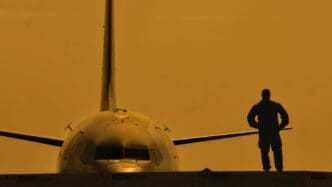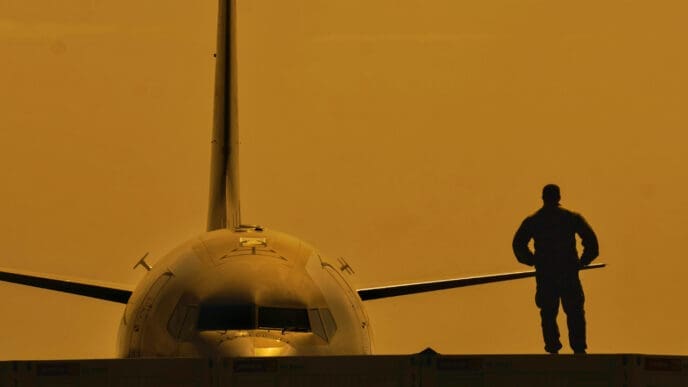In a recent summit held in Arusha, Tanzania, East African heads of state convened to address the ongoing conflict in eastern Congo. However, efforts to achieve lasting peace remain uncertain.
The summit, part of the East African Community’s ongoing peace initiatives, concluded with a call for coordinated regional and international efforts to bring stability to eastern Congo. Despite attempts to alleviate tensions, the absence of Congolese President Felix Tshisekedi and the early departure of Rwandan President Paul Kagame have cast doubts on the summit’s effectiveness.
Eastern Congo has been plagued by prolonged violence, with allegations directed at Rwanda for backing the M23 rebel group accused of ethnic cleansing in the resource-rich border regions. The Congolese government has consistently accused Rwanda of involvement in war crimes, a claim supported by both U.S. and U.N. experts who allege Rwanda’s military support to M23. Although Rwanda denies these allegations, it admitted in February to deploying troops and missile systems in eastern Congo for security reasons, citing a Congolese military buildup near the border. U.N. experts estimate the presence of up to 4,000 Rwandan troops in the region.
Efforts to reduce tensions have included a truce brokered by the United States and Angola in July, which has led to a decrease in direct confrontations between Rwandan and Congolese forces. However, clashes between M23 and other militias continue to fuel instability, posing significant challenges to peacebuilding efforts in the area.
The summit saw the participation of other regional leaders, including South Sudan’s President Salva Kiir, Tanzania’s President Samia Suluhu Hassan, Kenya’s President William Ruto, Uganda’s President Yoweri Museveni, and Somalia’s President Hassan Sheikh Mohamud. Burundi was represented by its vice president. During the meeting, President Ruto was appointed as the new chairperson of the East African Community Summit, taking over from President Kiir. Ruto emphasized the importance of enhancing competitiveness, boosting value-added production, and increasing intra-regional trade to foster economic transformation in the region.
While the East African summit aimed to pave the way for peace in eastern Congo, significant obstacles remain due to the complex regional dynamics and ongoing conflicts. The absence of key leaders underscores the challenges in achieving consensus and cooperation necessary for lasting peace.
Source: Apnews














